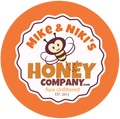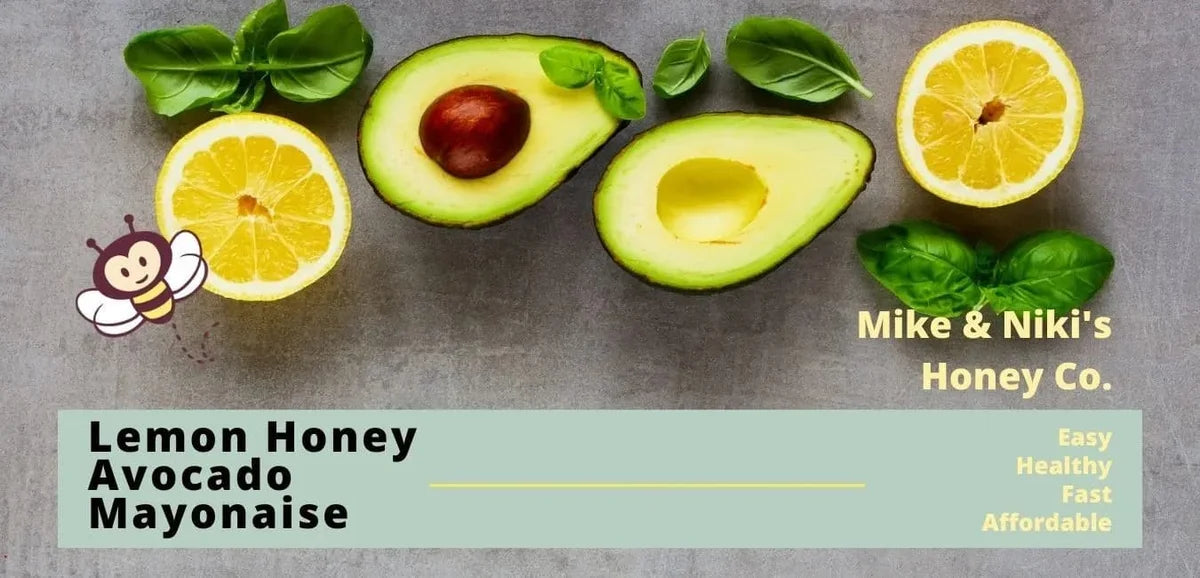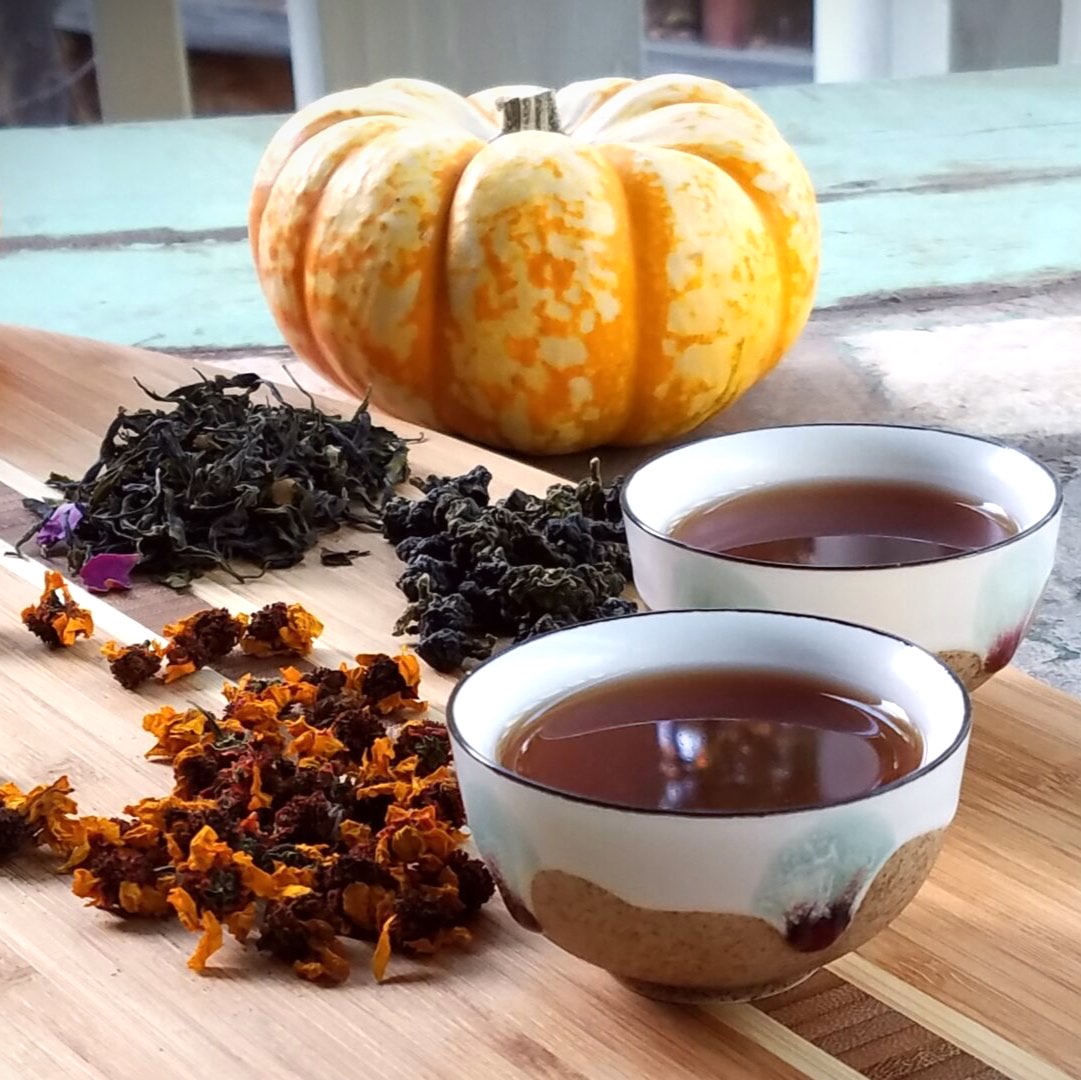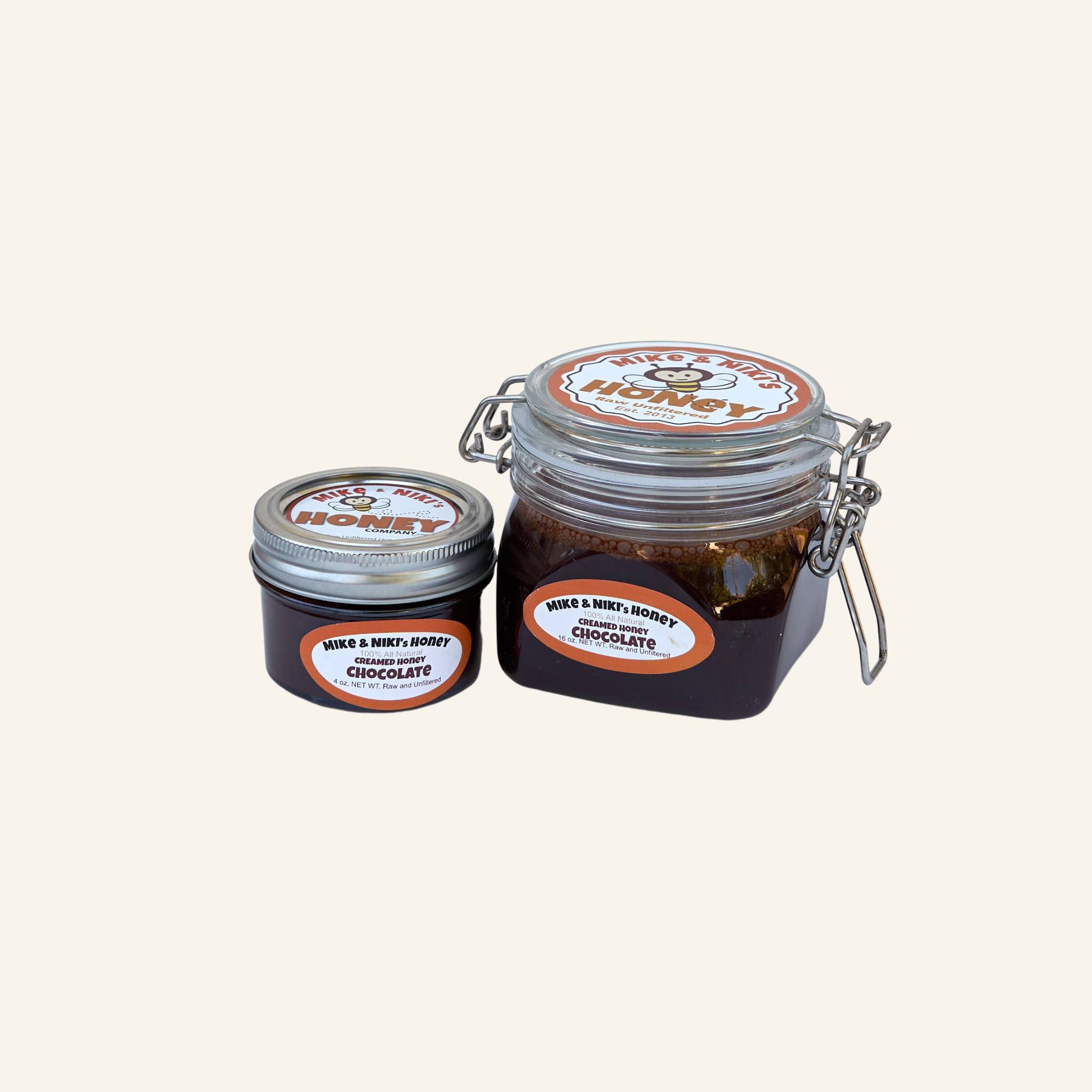Baking with Honey
| Sugar | Honey | Reduced Liquid | Baking Soda |
| 1 tbsp (15 ml) | 2 tsp (10ml) | no need |
no need |
| 2 tbsp (30 ml) | 1 tbsp & 1 tsp (25ml) | no need |
no need |
| 1/4 cup (50 ml) | 2 tbsp & 2 tsp (40 ml) | no need | 1/8 tsp (0.5 ml) |
| 1/3 cup (75 ml) | 4 tbsp (60 ml) | no need | 1/4 tsp (1 ml) |
| 1/2 cup (125 ml) | 1/3 cup (75 ml) | 2 tsp (10 ml) | 1/4 tsp (1 ml) |
| 2/3 cup (150 ml) | 1/2 cup (125 ml) | 5 tsp (25 ml) | 1/4 tsp (1 ml) |
| 3/4 cup (175 ml) | 2/3 cup (150 ml) | 2 tbsp (30 ml) | 1/2 tsp (2 ml) |
| 1 cup (250 ml) | 3/4 cup (175 ml) | 2 1/2 tbsp (37 ml) | 1/2 tsp (2 ml) |
| 2 cups (500 ml) | 1 1/4 cup (300 ml) | 5 tbsp (70 ml) | 1 tsp (5 ml) |
There are lots of reasons to use honey in your recipes. Honey does have benefits, like being less processed and having more micronutrients.
But we have to be careful. Honey is sweeter and higher in calories than sugar. Plus, honey’s a liquid ingredient, while sugar’s a solid. Here's what you need to know to substitute honey for sugar in your baking.
To substitute 1 cup of sugar:
- Use 3/4 cup honey. Honey is sweeter than sugar, so you need to use less.
- Decrease other liquids in the recipe by 2.5 Tablespoons, because there’s water in the honey too.
- Lower the baking temperature by 25°F. Honey makes baked goods brown faster.
- If there’s already another acidic ingredient in the recipe, add 1/2 teaspoon of baking soda when you use honey. Honey’s an acid, so if there’s buttermilk, molasses or banana in the recipe, you’ll need to cancel it out with some baking soda.
TIP: Spray measuring tools with cooking spray before measuring honey to help it slide out easily.




